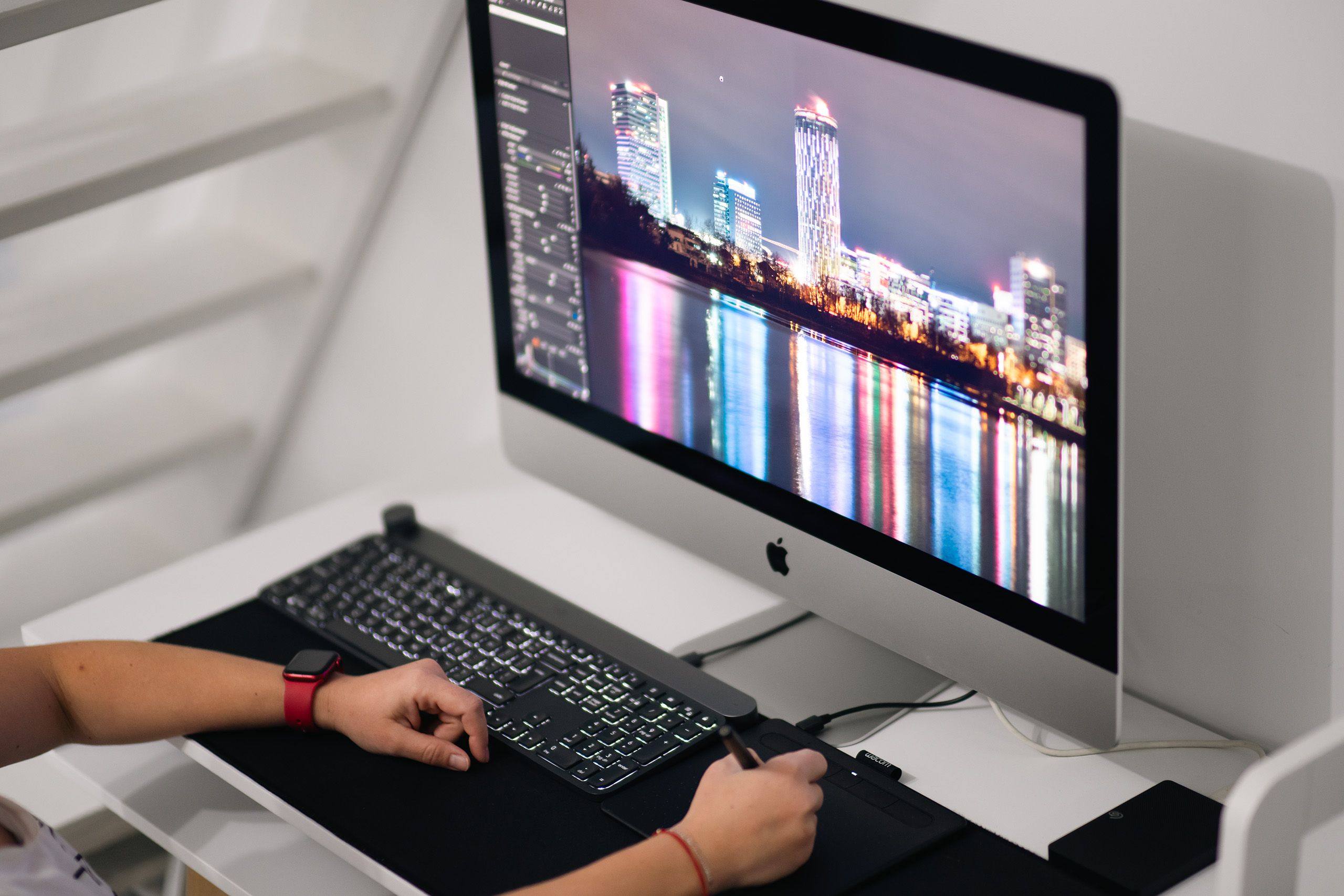16
Sep 2025
The Importance of a Good Monitor in Photography
In photography, a high-quality monitor is just as essential as your camera and lenses. While a powerful processor or top-tier graphics card is beneficial, even the best specs won’t make up for a subpar display. Without accurate color representation, high resolution, and consistent brightness, your photos may look completely different on other screens or in print. That’s why investing in a quality monitor should be a top priority—often even more important than high-end computer specs.
1. True-to-Life Color Accuracy
Color accuracy is critical for photographers who need to see tones exactly as they will appear in the final output. A monitor with poor accuracy may render images warmer or cooler than intended, creating issues when editing skin tones, landscapes, or subtle details. Professional-grade monitors often feature color calibration options, allowing for precise color fidelity and ensuring that your final images remain true to your vision.
2. High Resolution for Fine Detail
Resolution directly affects your ability to see detail in an image. While a fast computer can speed up editing, a low-resolution monitor won’t reveal the finer points—making it harder to catch imperfections. Monitors with 4K or higher resolution provide the clarity needed to examine textures, lighting variations, and other details that might go unnoticed on lower-quality displays.
3. Consistent Brightness and Uniformity
Many consumer-grade monitors suffer from brightness inconsistencies, with one side appearing dimmer than the other. For photography, uniform brightness across the screen is essential for accurate editing. Premium monitors use advanced backlighting to ensure even brightness and color consistency, which can make a significant difference during the final stages of editing.
4. Wide Color Gamut
A wide color gamut—such as Adobe RGB or DCI-P3—allows for a broader and more accurate range of colors. While standard monitors typically use sRGB, professionals need expanded gamut coverage to capture richer, more nuanced tones. A monitor with wide color gamut support ensures you can edit photos without sacrificing the depth and vibrancy that high-quality photography demands.
5. Reduced Eye Strain for Long Sessions
Photographers often spend hours fine-tuning their work, and poor display quality can strain the eyes. Higher-end monitors often include flicker-free technology, blue light filters, and matte coatings to minimize fatigue. These features not only provide comfort during long editing sessions but also improve productivity by helping you stay focused.
6. Consistent Results Across Devices
A reliable monitor ensures that your photos appear consistent across different screens and in print. Editing on a low-quality display can result in images that look drastically different when viewed on other monitors, tablets, or printed media. A professional-grade display helps maintain consistent results that meet industry standards, so your work looks the way you intended no matter where it’s viewed.
7. Enhanced Productivity and Workflow
A better display doesn’t just improve image quality—it also streamlines your editing process. When you can trust your monitor’s colors, brightness, and contrast, you make faster, more confident decisions. Many professional monitors also offer larger screen space, dual-viewing modes, and built-in color presets, all of which improve workflow efficiency and help you work more effectively.
